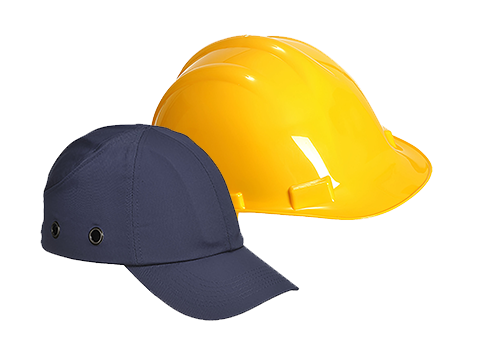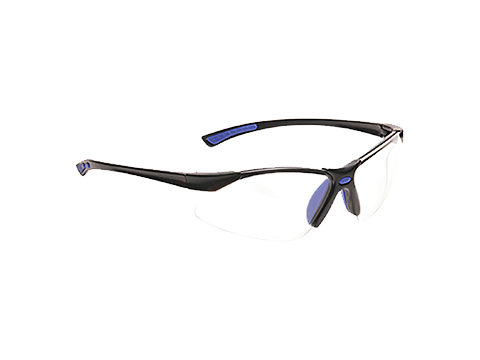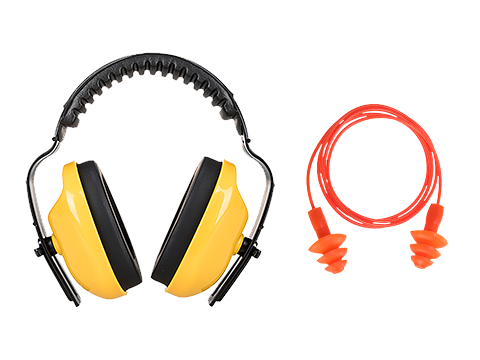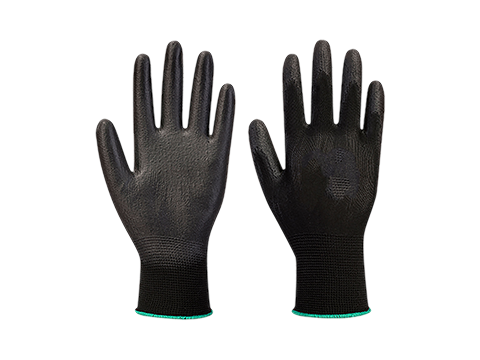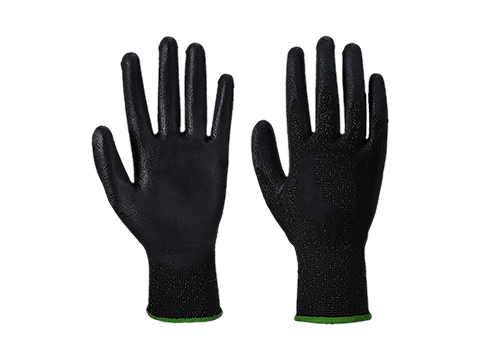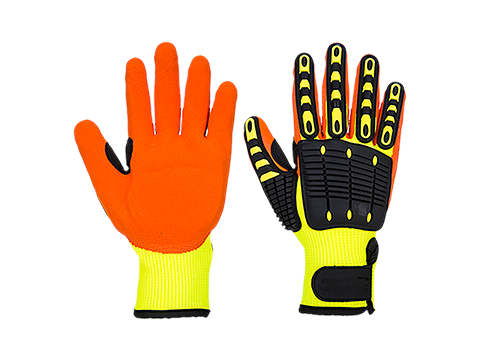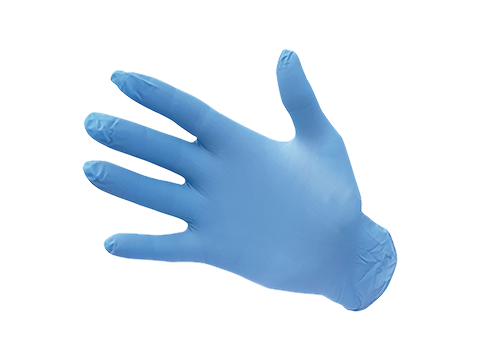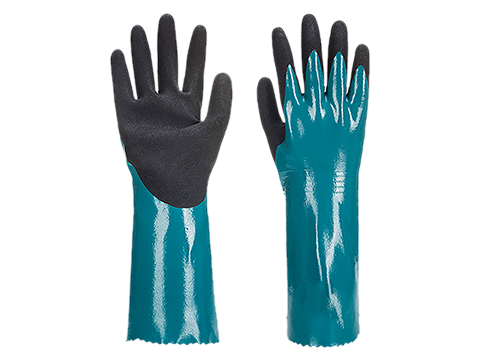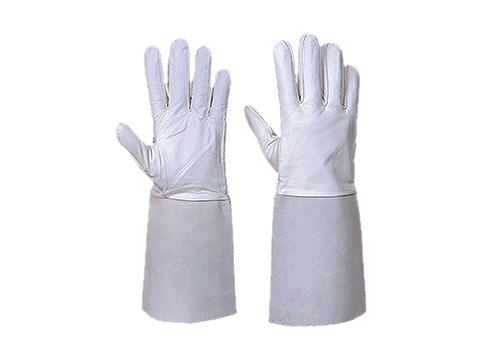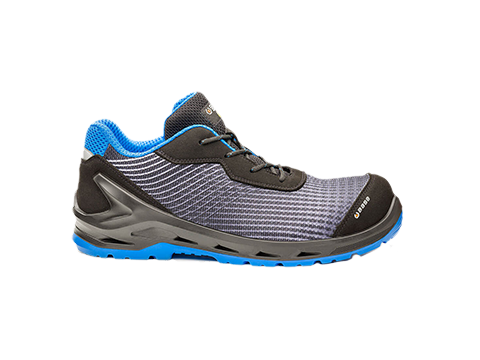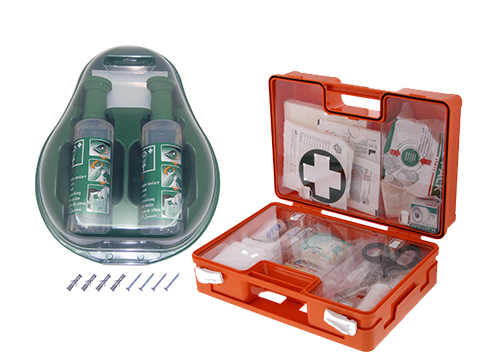Signalisation clothes
When working on construction sites, in traffic, in maintenance, etc., it is important to be seen at all times. This can be achieved with signalisation clothes, whereby the combination of the fluorescent background material with retroreflective strips on top ensures that the wearer is visible in all (weather) conditions.
Signalisation clothes are divided into three visibility classes, according to the minimally required surface area of the fluorescent background material and retroreflective strips:
- Class 1: lowest level of visibility
- Class 2: intermediate level of visibility
- Class 3: highest level of visibility
By combining clothing of different classes, it is possible to achieve a lower or higher visibility class for the whole outfit:
Fall protection
When working at height, for instance with a mobile elevating work platform (MEWP) or with a telehandler used as a MEWP, fall protection is essential. It gives the wearer all the freedom of movement needed to complete the task while protecting them from falling. A fall protection kit consists of the following components:
- A full body harness, which should always fit well,
- Anchor devices, to be attached to the correct anchor points on the MEWP or telehandler,
- Coupling or connecting devices, such as a shock-absorbing lanyard.
HARNESS ON™
To further improve operator safety, add Harness ON™ to the fall protection kit. Harness ON™ is an intelligent anchor point that is permanently shackled to the MEWP’s anchor point and is electronically wired to the machine’s function controls. Until the operator clips a carabiner to the inductive ring of the Harness ON™, effectively connecting their harness to the machine, the MEWP won’t function. It’s an easy-to-use solution that doesn’t affect the operator’s work but has a big impact on safety. Moreover, Harness ON™ complies with EU and ANSI standards and is compatible with all machines.






